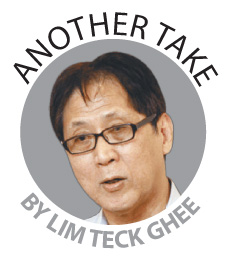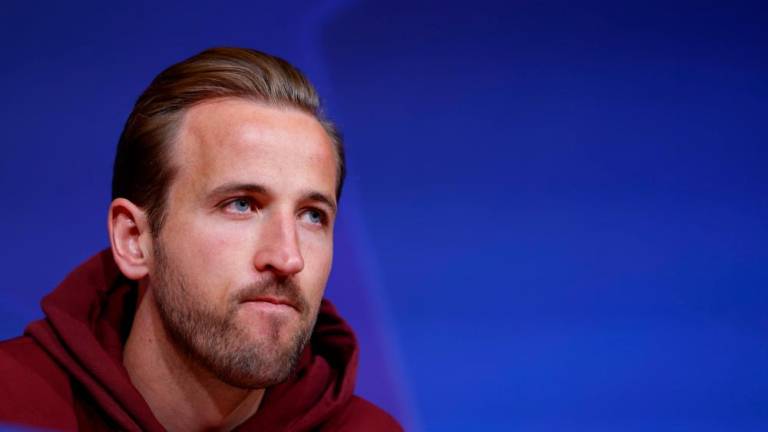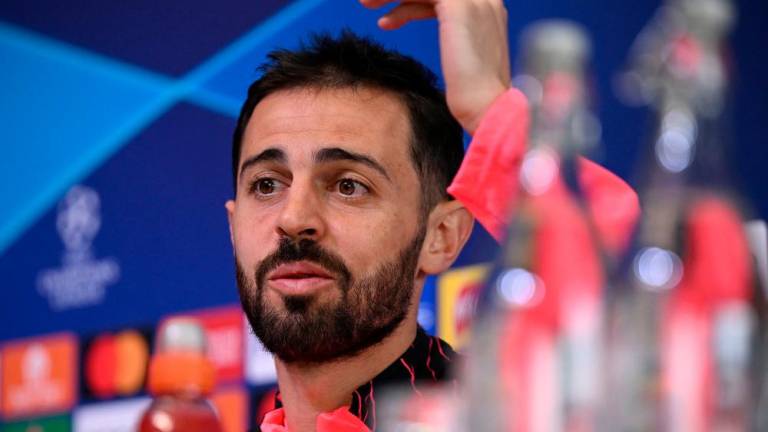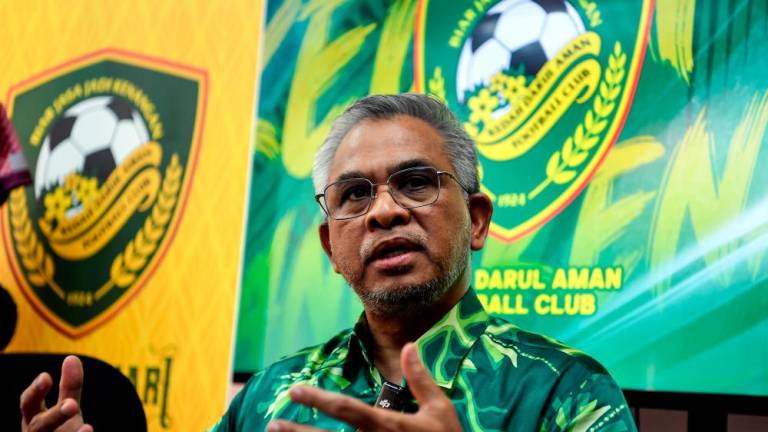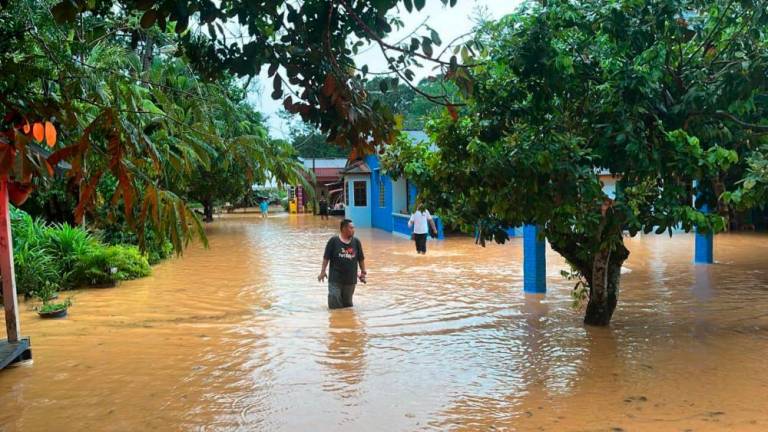ONE key development arising from the Covid-19 pandemic is its politicisation. This development is not readily visible to the ordinary public because of the immediate health and socio-economic impact and concerns that appear in the media.
However it is clear that the pandemic crisis provides governments and other stake players at the international level an unprecedented opportunity to take advantage of it for their political interest.
The issue is being used by some western governments and the western media generally to score political points against China and the Chinese.
This is not surprising. In fact it is to be expected for several reasons.
First, western governments especially those in G7 and some of their non-western allies see China as a threat to their dominance of the global system and economy.
Second, the rapid development of China as an industrial and manufacturing force together with its increasing military power has caused alarm bells to ring. These alarm bells have been activated especially in the United States. Although the US has been the number one world power, the last decade has seen its dominant role in global politics and economy undermined by what its leaders see as the US inability to match the growing Chinese influence and presence around the world.
Third, the widening trade and economic imbalance between the US and China, and to a lesser extent that found between China and some Eurozone countries, has given rise to xenophobic and nationalist concerns. The US trade conflict with China has increasingly come to dominate news with political leaders and lobbies vying to increase their popularity by fanning public opinion against an external enemy.
The most prominent among the China bashers has been President Donald Trump of the US. What is not known to many is that Trump’s initial response to China’s efforts following the virus outbreak in Wuhan was very supportive and encouraging.
In a tweet on Jan 24 when almost all western mass media had condemned the “harsh, draconian and unacceptable” efforts of the Chinese government to lock down the Wuhan city population to contain the pandemic outbreak, Trump hailed China and President Xi in the following terms:
“China has been working very hard to contain the coronavirus. The United States greatly appreciates their efforts and transparency. It will all work out well. In particular, on behalf of the American people, I want to thank President Xi!”
In press remarks on Feb 7 he said: “Late last night, I had a very good talk with President Xi, and we talked about – mostly about the coronavirus. They’re working really hard, and I think they are doing a very professional job. They’re in touch with World – the World – World Organisation. CDC also. We’re working together. But World Health is working with them. CDC is working with them. I had a great conversation last night with President Xi. It’s a tough situation. I think they’re doing a very good job.”
On Feb 29 during a Coronavirus Task Force press conference he said: “China seems to be making tremendous progress. Their numbers are way down. ... I think our relationship with China is very good. We just did a big trade deal. We’re starting on another trade deal with China – a very big one. And we’ve been working very closely. They’ve been talking to our people, we’ve been talking to their people, having to do with the virus.”
A prominent US policy platform, Politico, has compiled the number of times that Trump publicly praised China for its efforts to prevent the spread of the pandemic.
Readers interested in finding out about Trump’s positive assessment of China’s efforts to contain the pandemic spread can find it in the article “15 times Trump praised China as coronavirus was spreading across the globe”.
Almost overnight after singing praises of China and the Chinese government, once it became clear to Trump that Covid-19 was not like any ordinary influenza virus (On Feb 24 he had tweeted, “The Coronavirus is very much under control in the USA. ... Stock market starting to look very good to me”) and amid concern that it would cost him his reelection in the November, Trump and his supporters have changed direction.
The first indication was when Trump in his press conference on March 19 decided to use the term “Chinese virus” in place of the accepted shorthand for the Covid-19 virus so as to put the blame for the rapidly rising human and economic toll in the US on China.
While blame could be easily targeted at another country, his use of the term “Chinese virus” dramatically inflamed antipathy and hatred against Asians in the US and he had to quickly backtrack from using that term.
In its place now is a comprehensive strategy aimed at targeting China as the scapegoat in the pandemic. A major part of this strategy is the orchestration of a massive disinformation and misinformation campaign with media support aimed at re-writing who is to be blamed for the severity of the crisis and responsible for its devastating damage to the US.
The first Covid-19 case was confirmed in the US on Jan 21. Three months later by April 30, according to the Johns Hopkins Coronavirus Resource Center over one million Americans have been confirmed as stricken by the virus. The nation is the first in the world in terms of deaths with over 50,000 deaths.
Clearly China made mistakes in its handling of the crisis during its early stage. However, the world’s most generous donor and activist in the fight against pandemics, Bill Gates, has publicly defended China for its response and has maintained that the country did many things right in dealing with the pandemic. He has also criticised “incorrect and unfair things being said about China” as well as noted that the US response to the outbreak was handled “very poorly”.
It is Trump who has ultimate responsibility for the slow, ineffective, bungling and mismanaged response to Covid-19 in the US, not China. The majority of Americans and most of the rest of the world know this. But you can expect China bashing by the White House and its allies to continue and intensify until at least November when the US presidential election is held.
First of a two-part commentary on the international politicisation of Covid-19 crisis. Lim Teck Ghee’s Another Take is aimed at demystifying social orthodoxy.



